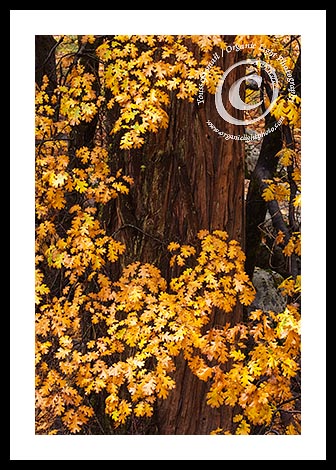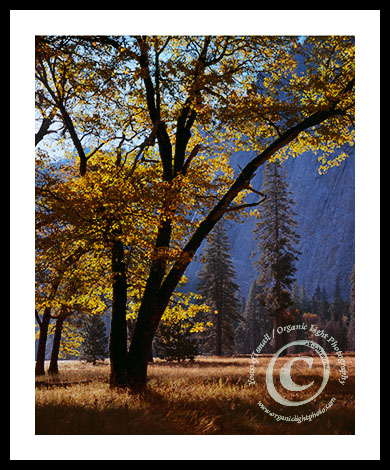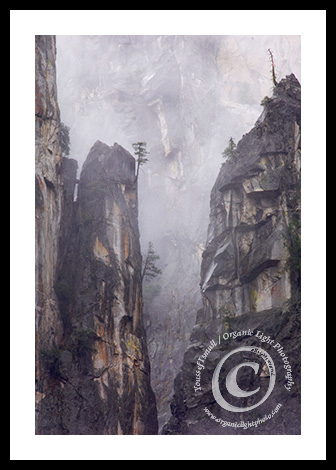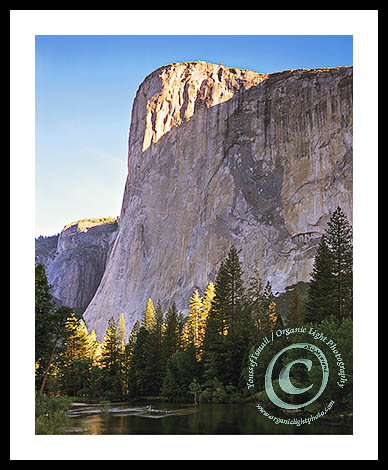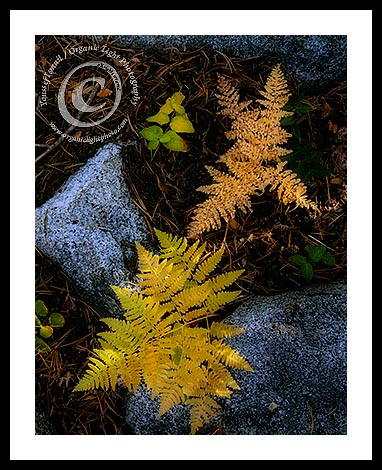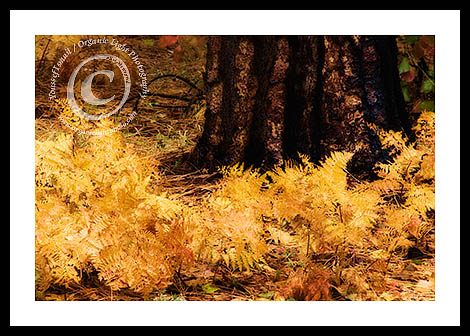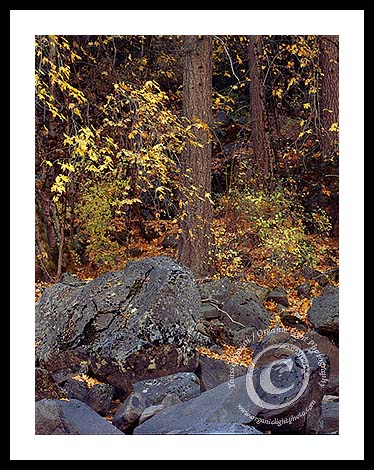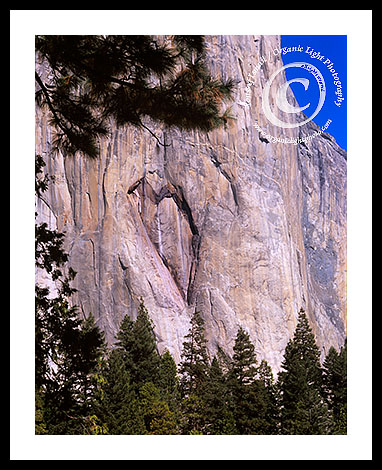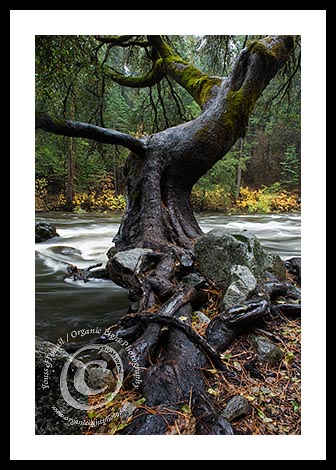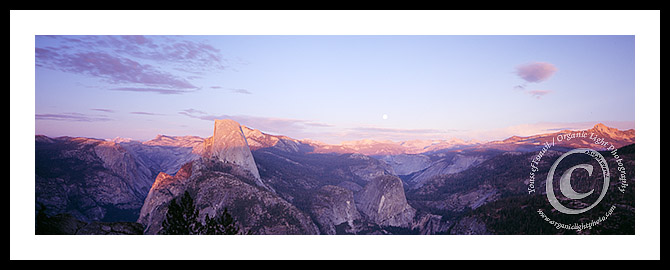Book Review – Creative Processing Techniques
About a month ago fellow photographer Guy Tal released his new eBook on digital photo processing titled “Creative Processing Techniques”. I have been processing my photos in the digital darkroom using various software applications but eventually settling on Adobe Photoshop for almost 11 years. I started using Photoshop when it was on its 6th release version. The power and possibilities that Photoshop brings to the photo processing world are truly amazing.
There is one problem with Photoshop, it is a bear of a program to learn. It has so many “bells and whistles” that it literally can take years to master the full extent of that software. Photoshop is on its 12th release as Photoshop CS5, and to this day I still have only tapped into a fraction of what it is capable of as a graphics editing software package. However for photography, the majority of what Photoshop can do is not really needed. Photography has a pretty well defined workflow and mastering that workflow is tenable. However understanding all the tools needed from within Photoshop and knowing how to apply them to digital photos is still a daunting task technically let alone creatively.
In addition to all these obstacles, the photographer of today trying to sell his or her fine art photographs faces an ignorant public that looks upon Photoshop and its use as some how adulterous when it comes to photography. As if using that software somehow automatically makes a photograph “fake” but the software built into the run-of-the-mill digital camera that produces the small jpeg digital photos did not “fake” anything. It is quite baffling trying to understand that position and because fine art photographers have a hard enough time as it is selling their art. They find themselves caught between being honest business men and women and producing moving artistic pieces and coming up with a variety of explanations of how they use Photoshop to produce photos that are “real”. It’s a tricky game.
This is where Guy Tal’s new eBook comes to the rescue. Guy makes no excuses about using Photoshop and likens digital photo processing using Photoshop to that of gourmet cooking. I understand exactly where his analogy comes from and it makes perfect sense. Ask people if they would rather eat a gourmet meal cooked fresh as it was ordered or a frozen microwaveable dinner and I’ll bet they would choose the gourmet meal, I would. Guy puts forward the argument that no camera, no matter how sophisticated, can produce a final artistic rendition of the scene before it better than the artistic photographer him or her self. The camera does not know what is in front of it, it can’t hear the wind in the trees, or smell the aromas floating on the breeze or even truly see the nuances in light that caught the photographers attention in the first place so how could canned algorithms in the camera render anything of what the artistic photographer wishes to convey?
Guy continues on and develops for the reader a framework in which the artistic photographer can asses the image captured in the camera for shortcomings that need to be addressed and a methodology of identifying how to bridge the gap between the shortcoming to what the photographer envisioned through what Guy terms Dynamic Visualization. Every step of the process keeps the photographer and the workflow oriented and engaged toward the final vision of what the photo is supposed to be, all while allowing for that vision to change according to the photo itself. As Guy points out, sometimes we start out with one idea in mind only to find that the photo falls short of conveying that vision with the path we initially embarked on but that if we are willing to allow ourselves to experiment we can discover the underlying power the photo had for us when first seen in the field.
Interwoven throughout the book, the creative and the technical go hand in hand. Guy steps us through the technical tools that Photoshop provides photographers to creatively bring a photo to life. Each tool and technique, simple or complex, is succinctly and clearly explained in easy to understand language. With clear examples showing how each tool and technique works, the book takes a sometimes mysterious and confusing software program and makes it easy and understandable.
I have but one caveat. Even though I have been using Photoshop for the past 11 years and am very comfortable with it and understand the tools and techniques, I did feel quite overwhelmed when I finished reading the book. Not due to the book itself mind you, it was well done, but because I had read it in such a short time and did not try out each tool and technique directly with my own photos as I went through the book. My recommendation: Get the book, read through it, Slowly, and practice with your own images each step of the way.
Photoshop is not a software package that can be learned overnight. It takes time and practice, and Guy Tal’s eBook, “Creative Processing Techniques” is a wonderful companion text introducing the process of producing photographs that will convey your personal vision.
You can purchase a copy for yourself at Guy’s online bookstore. Click here to visit Guy Tal Photography and get your copy of this great book.
P.S. If you need a copy of Photoshop or need to upgrade to the latest version you can visit B&H Photo and Click Here for PC version or Click Here for Mac version of Photoshop.







